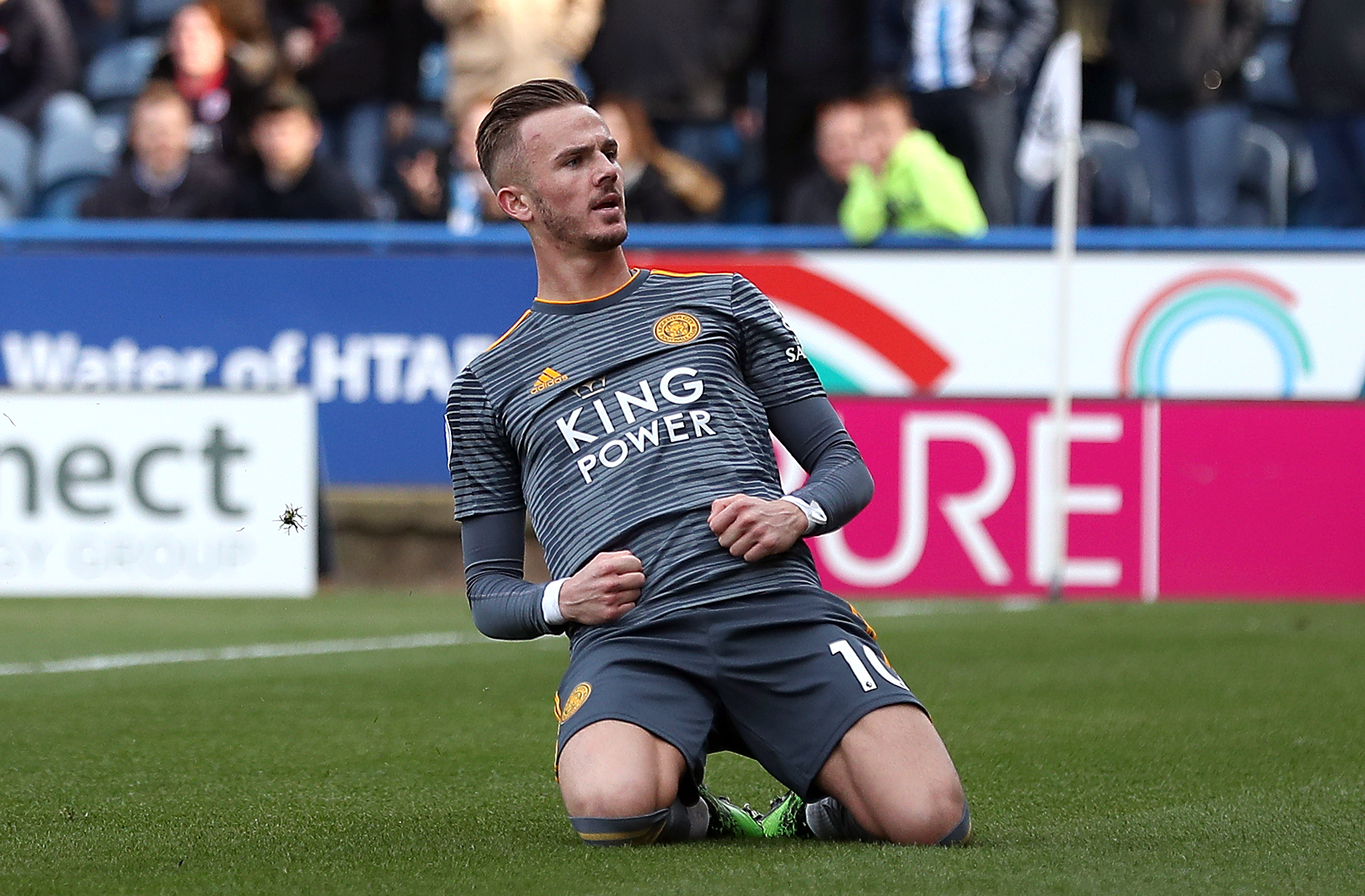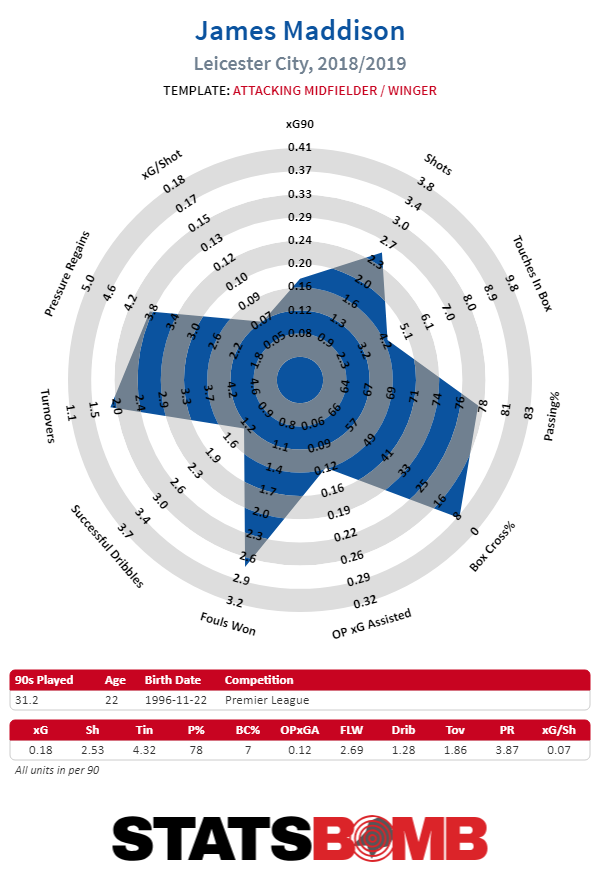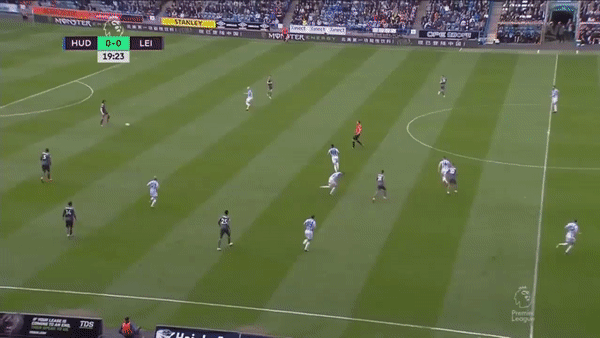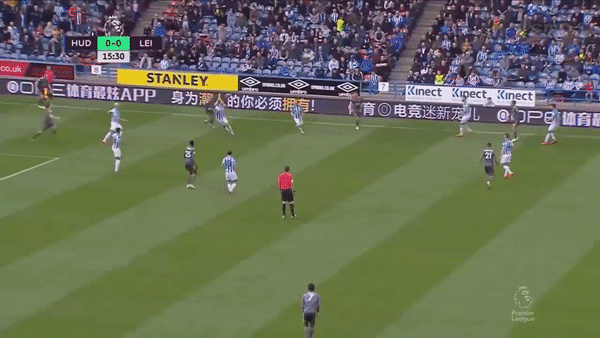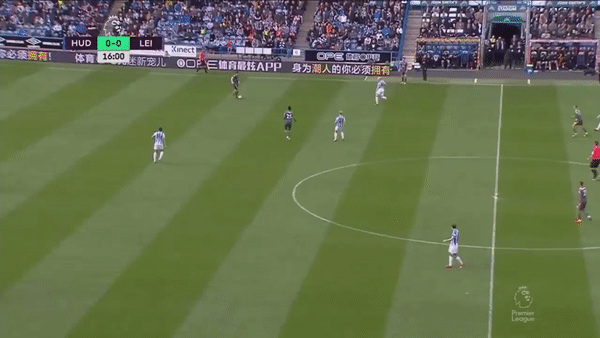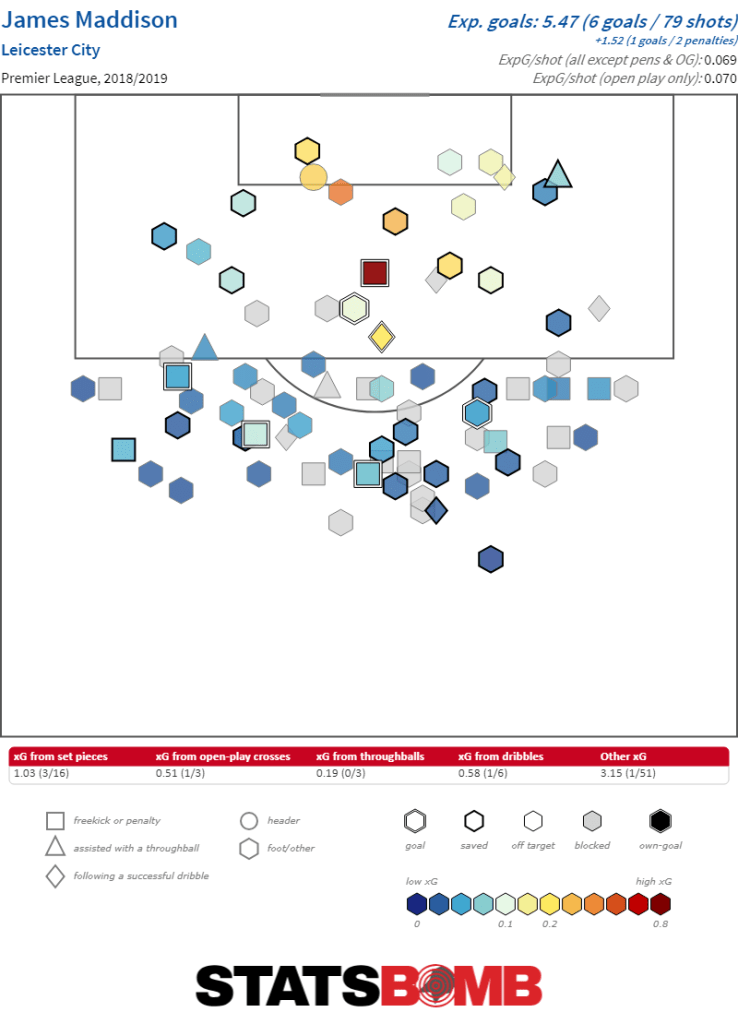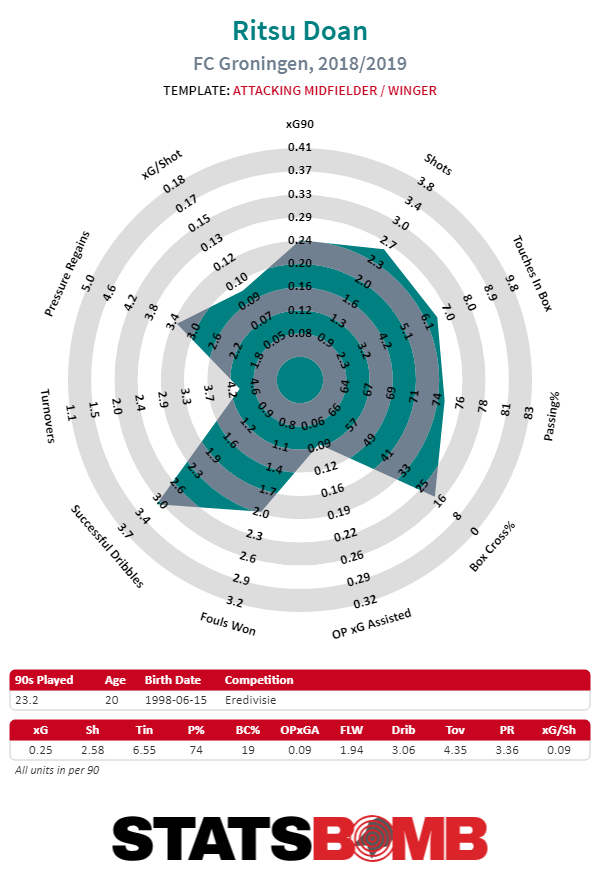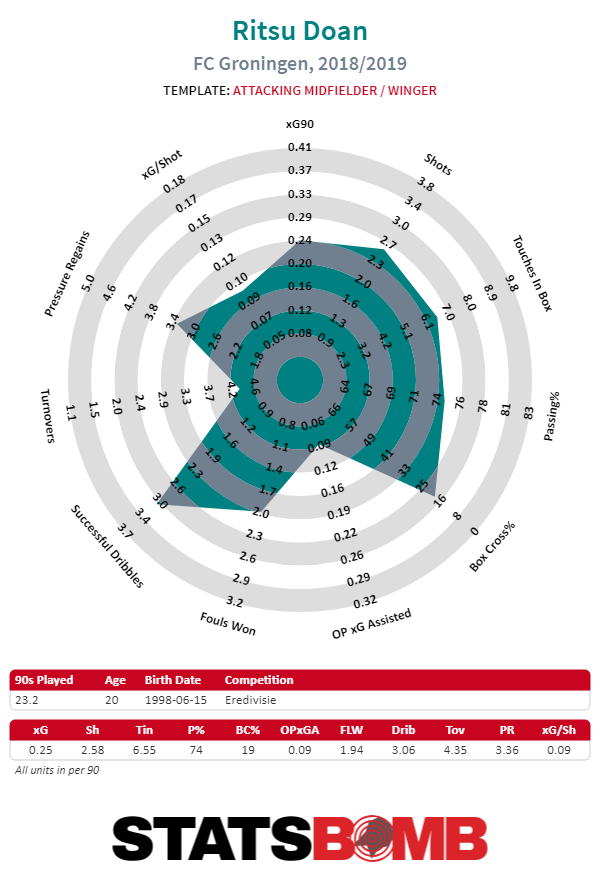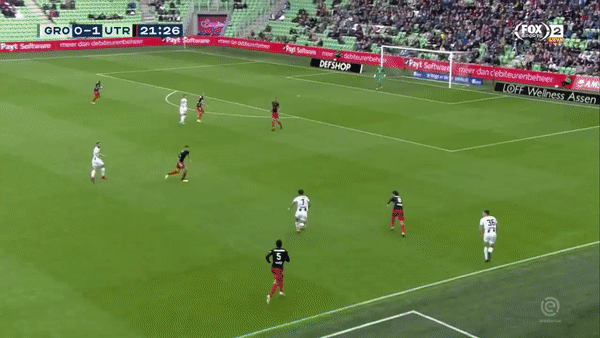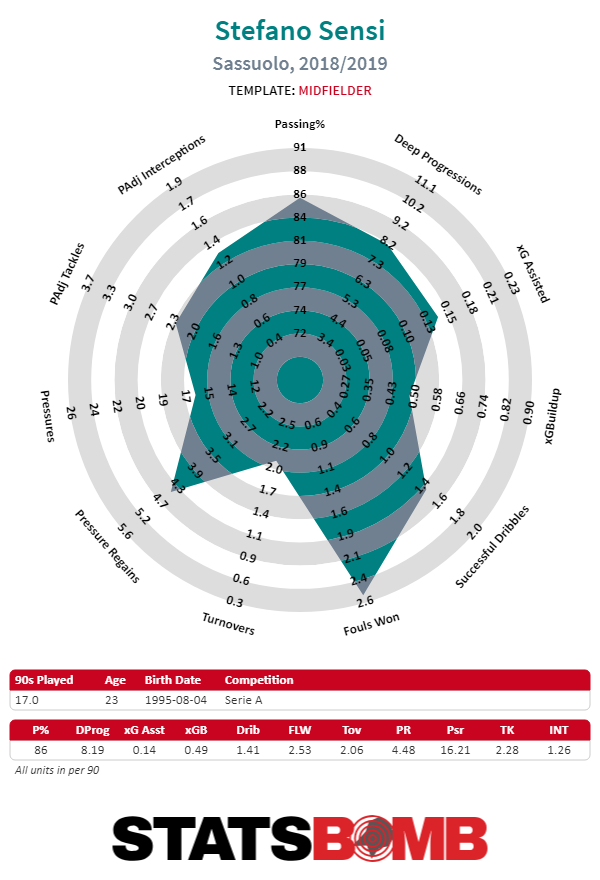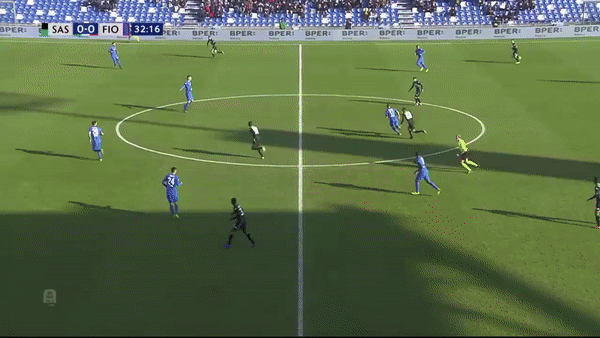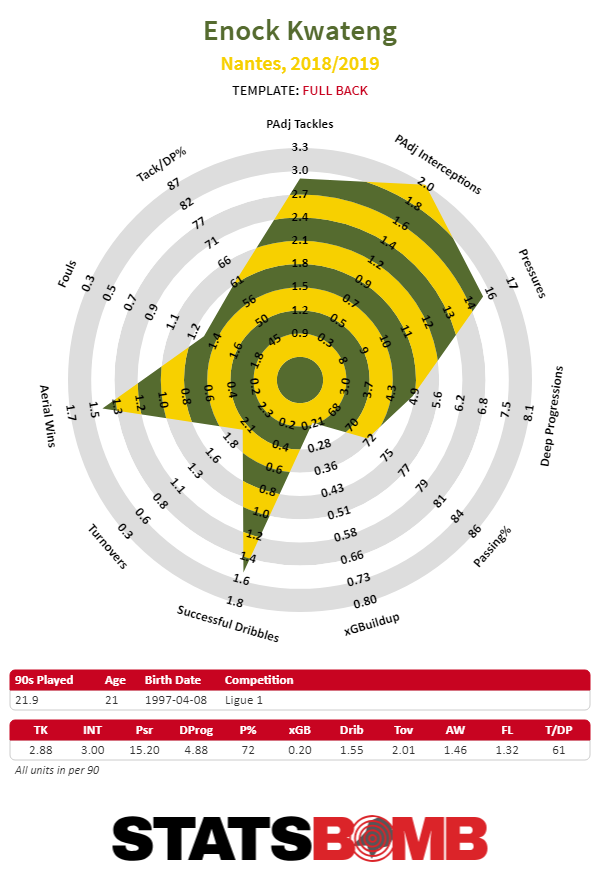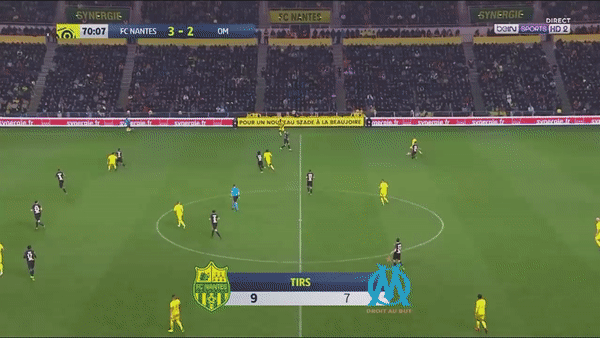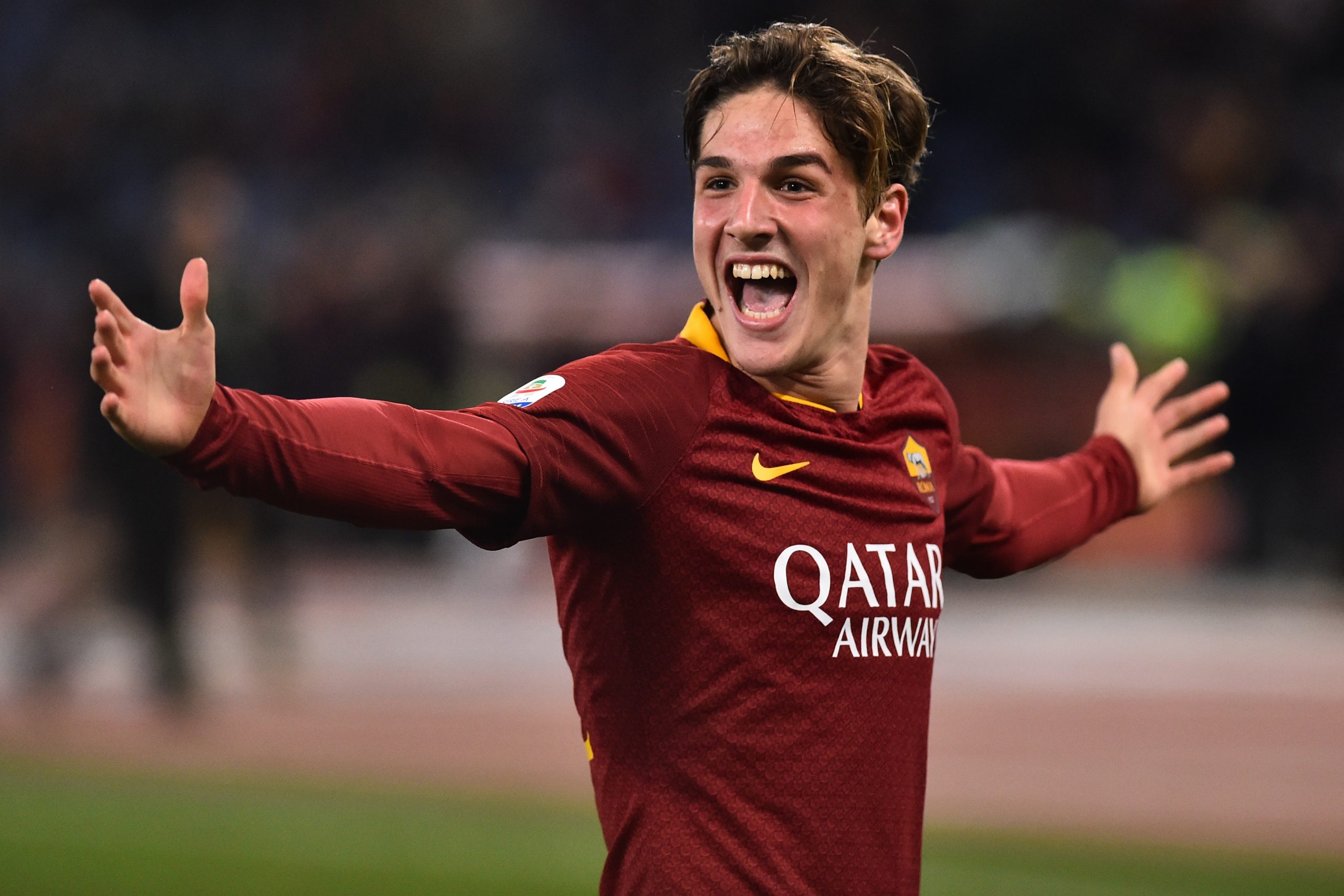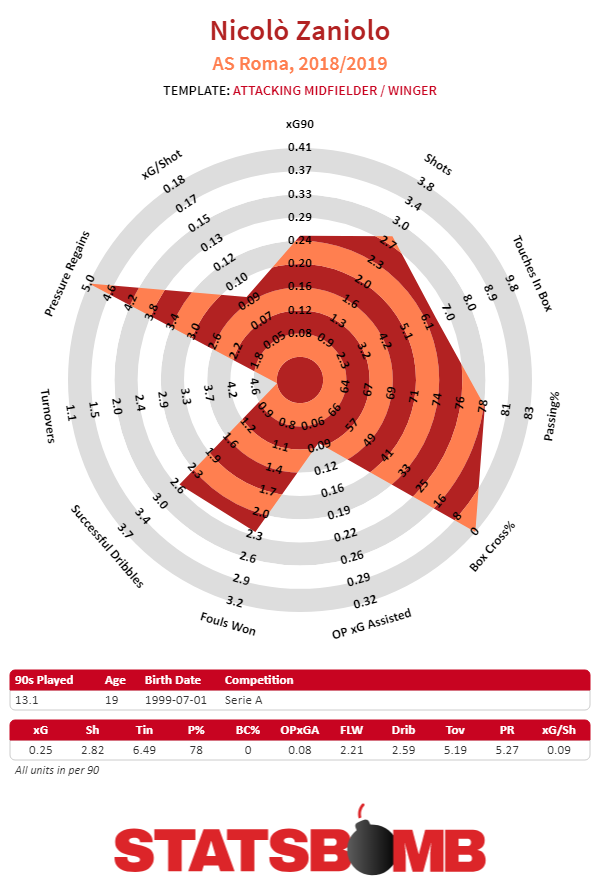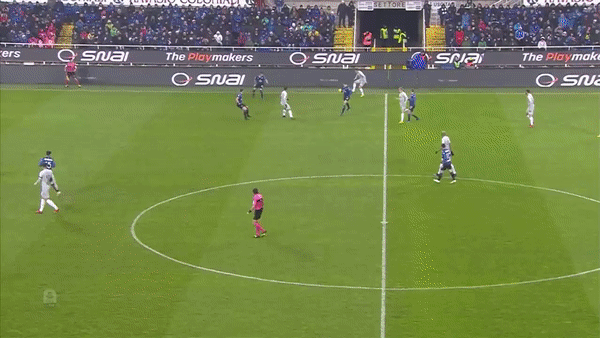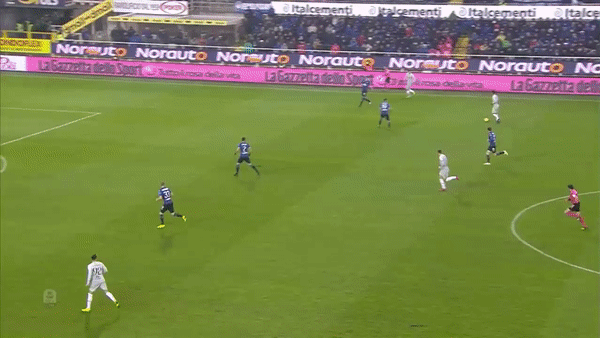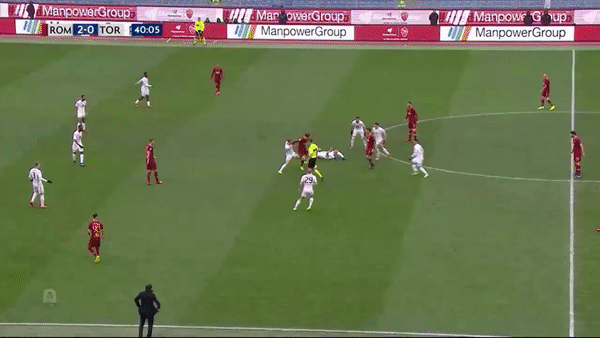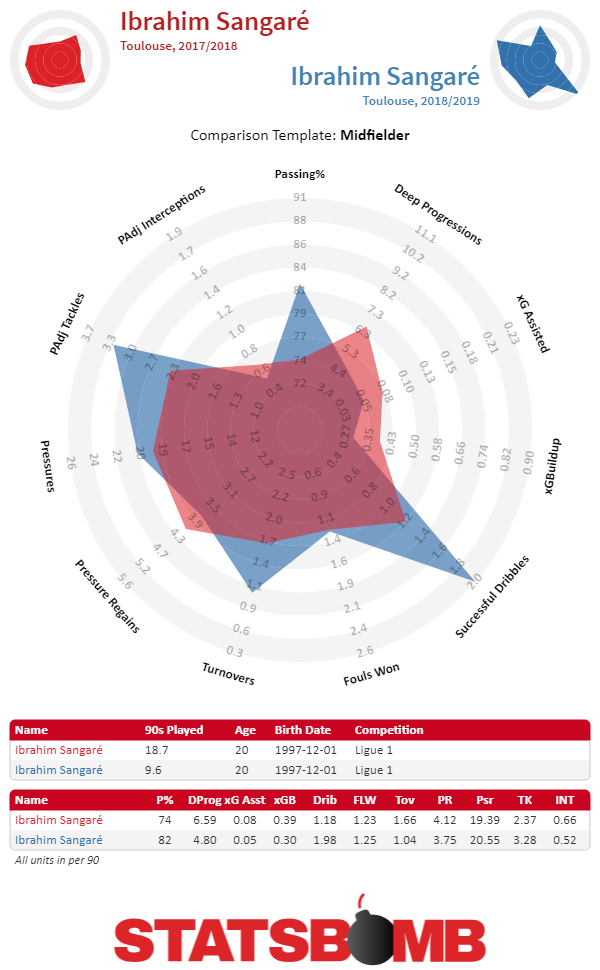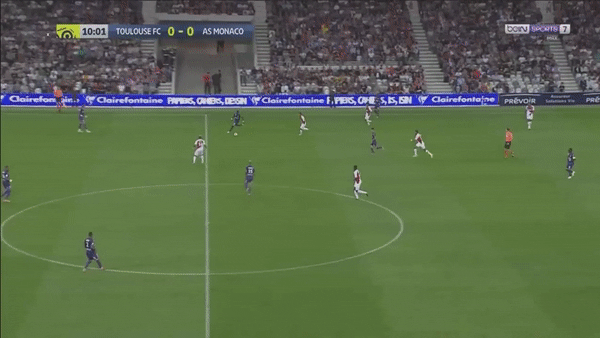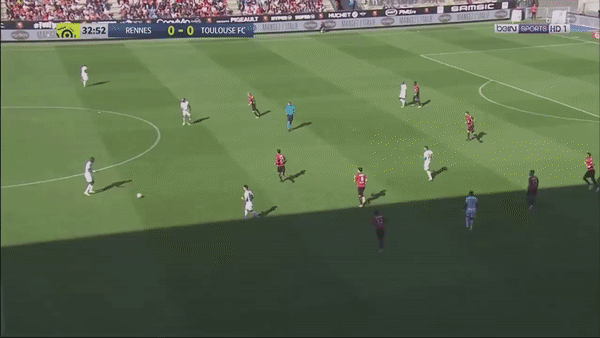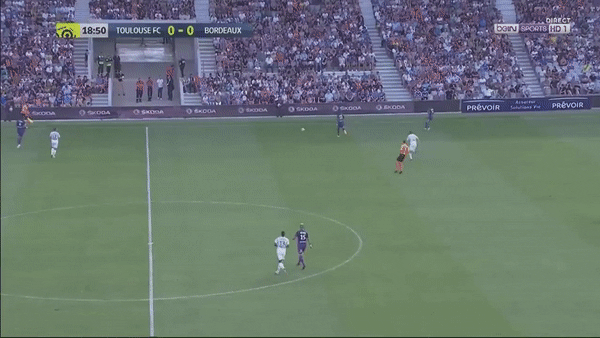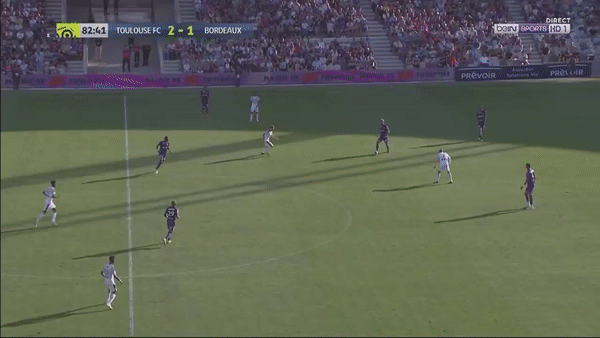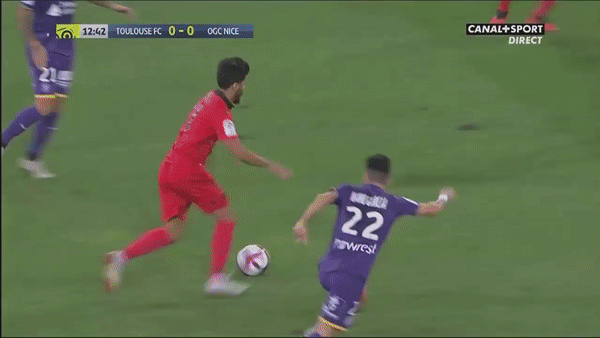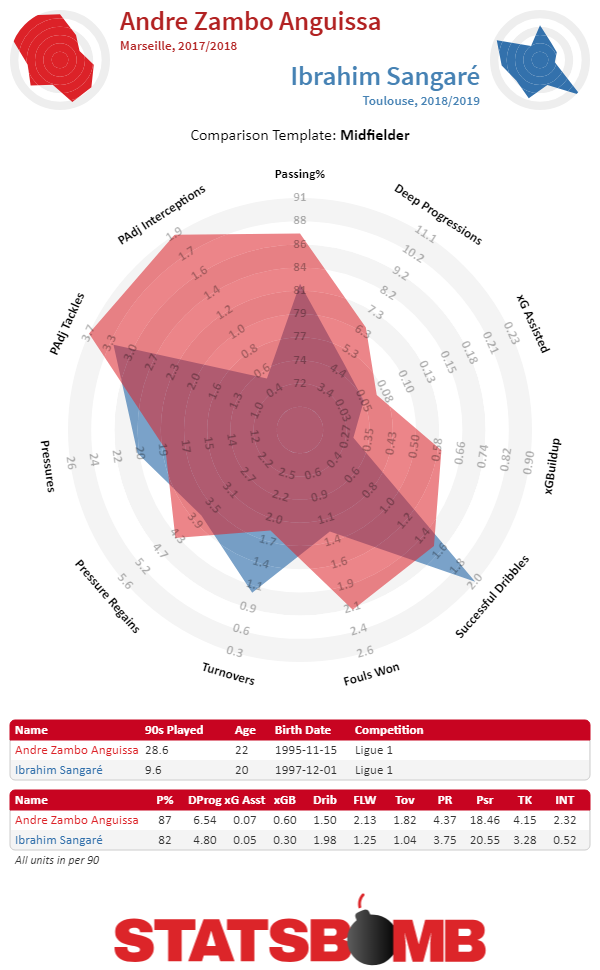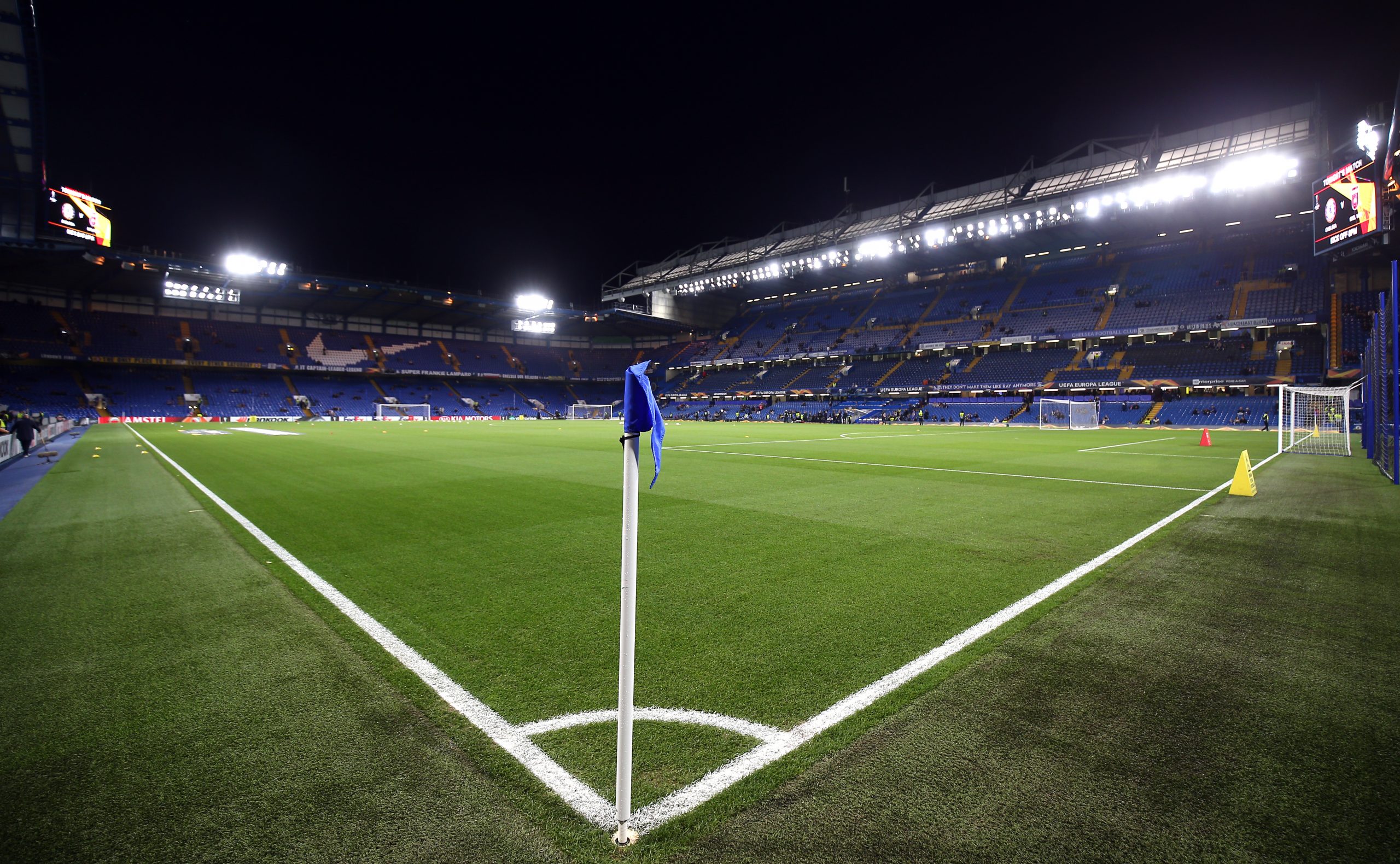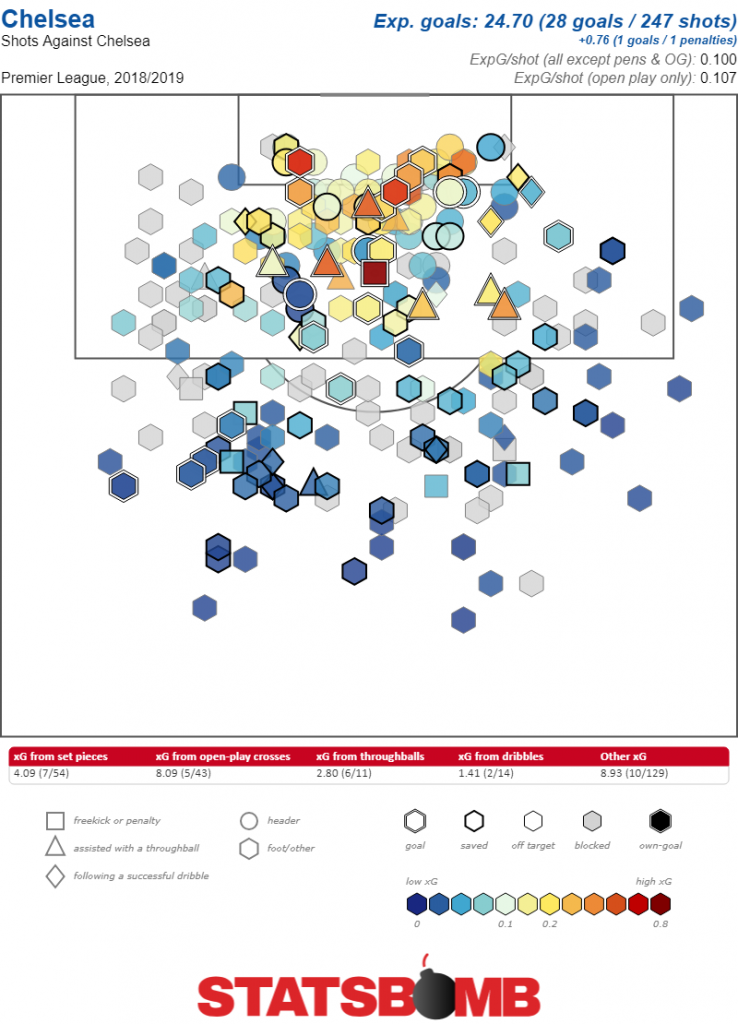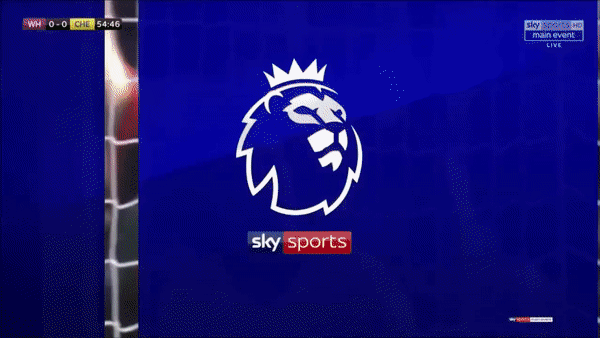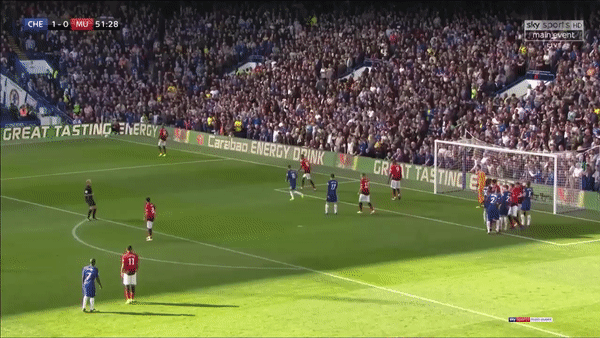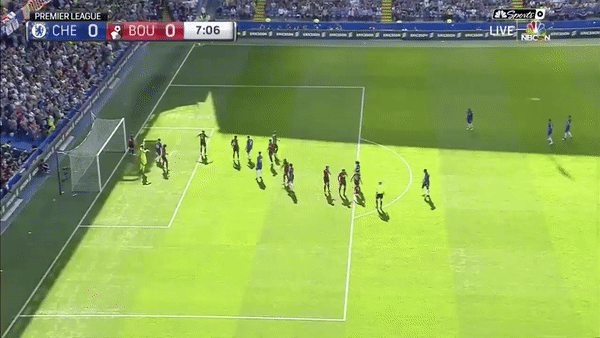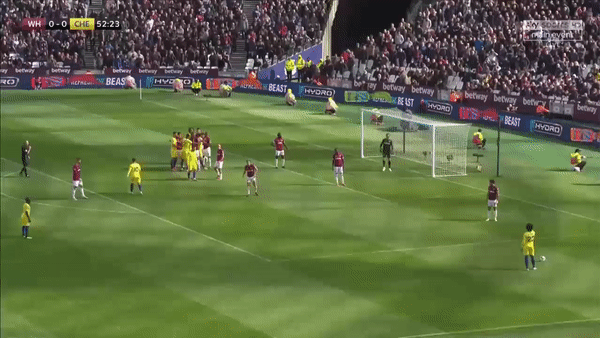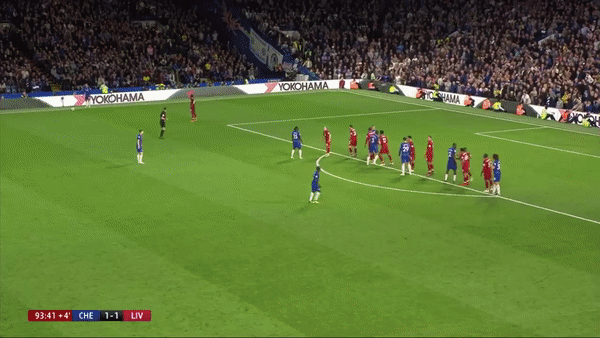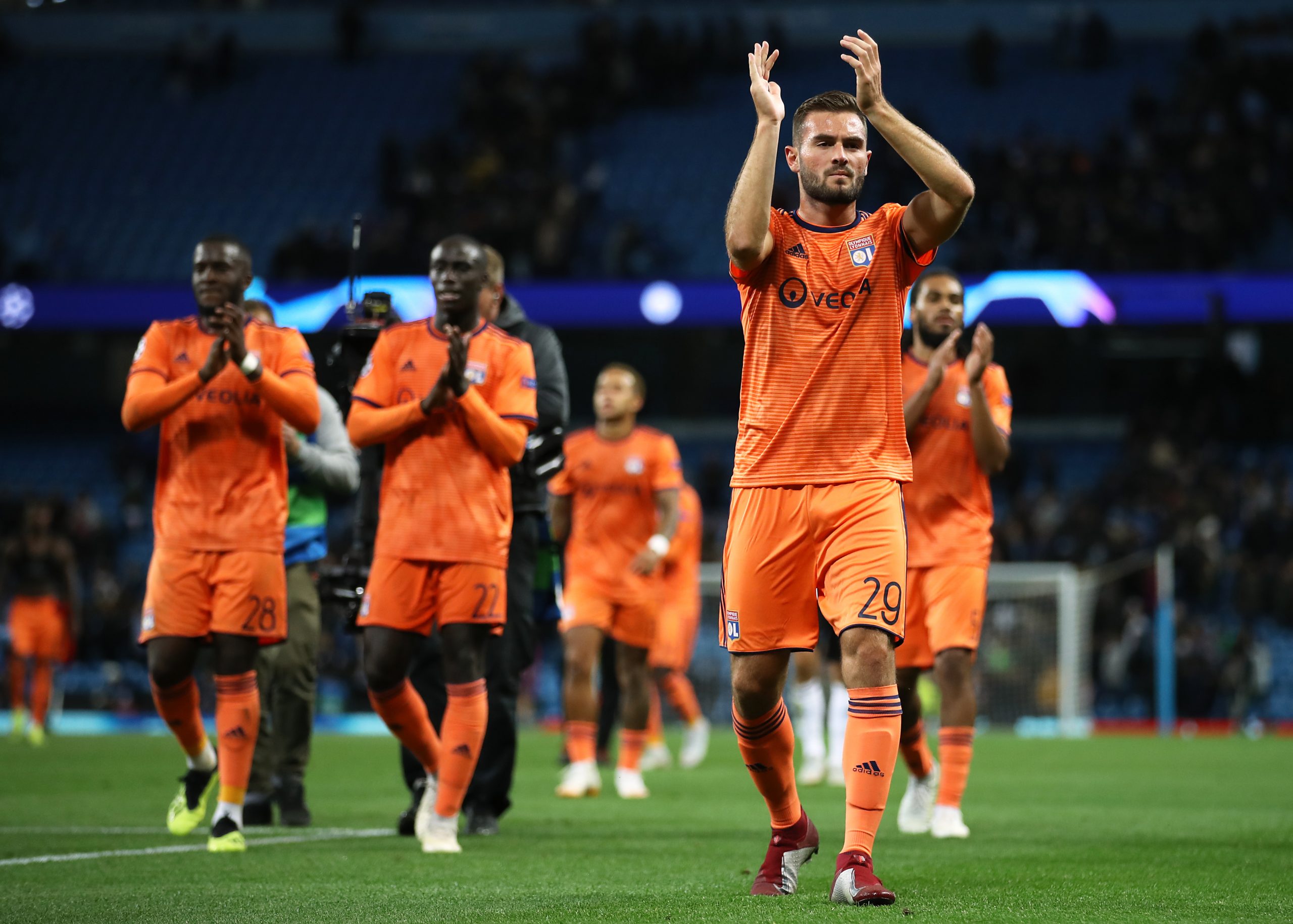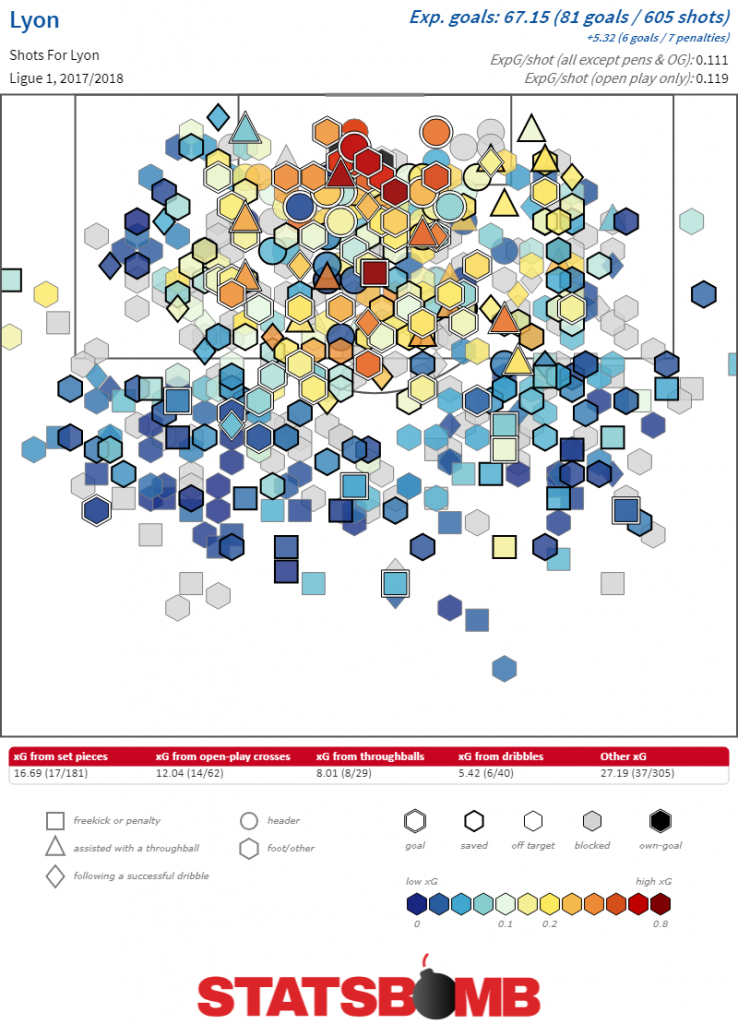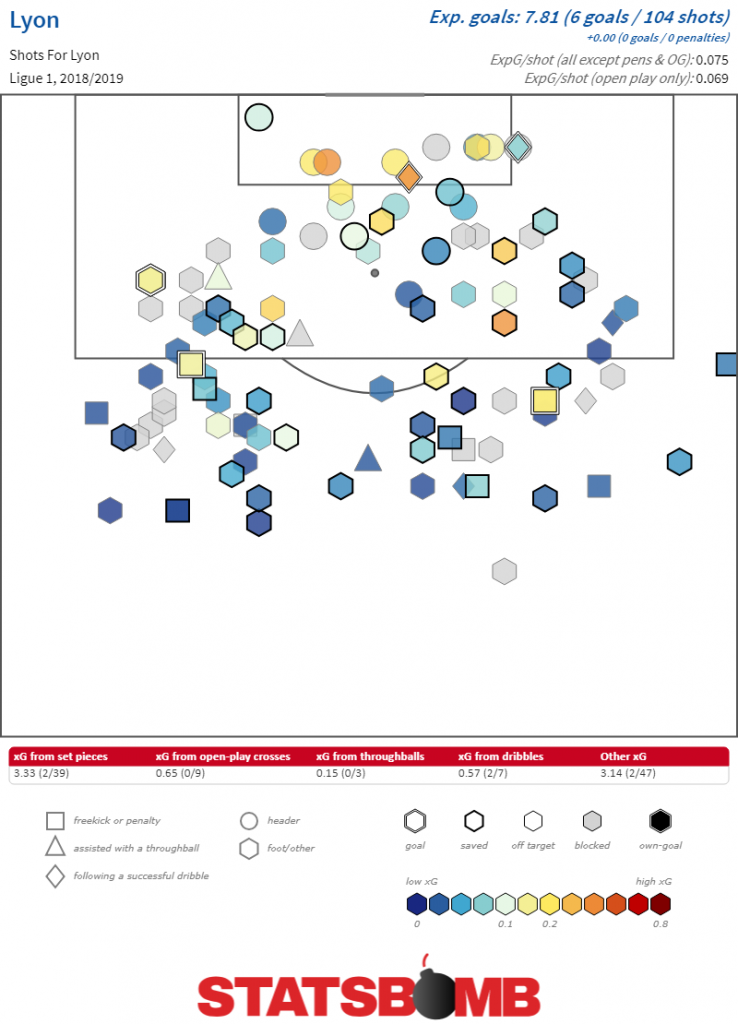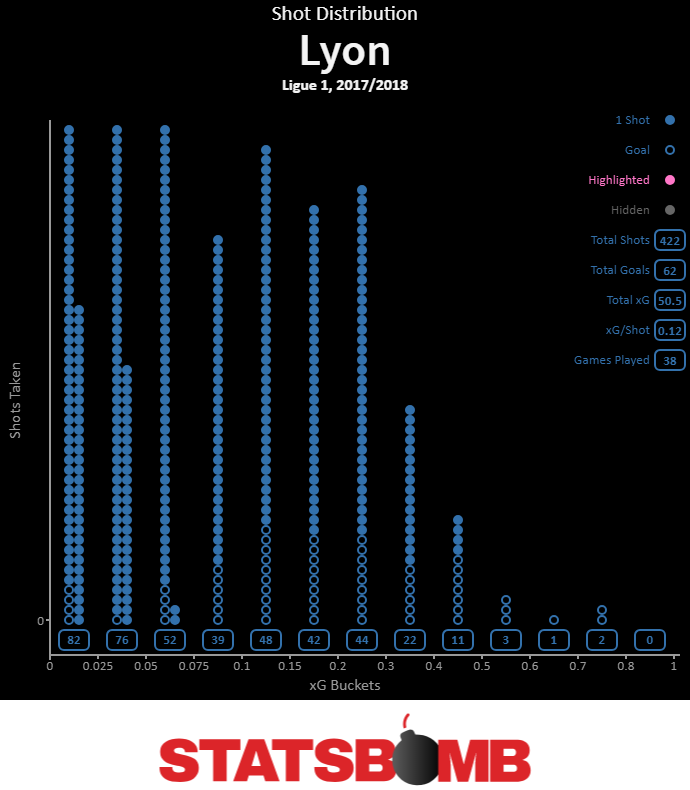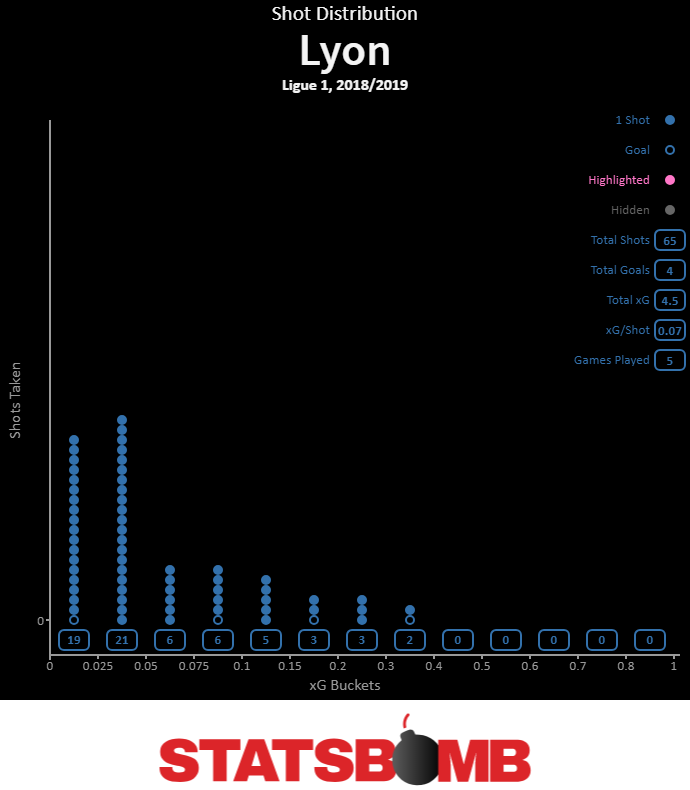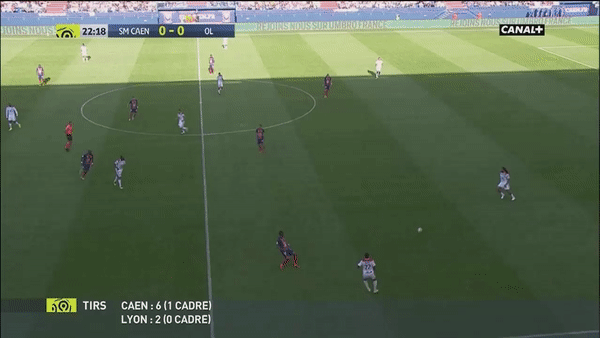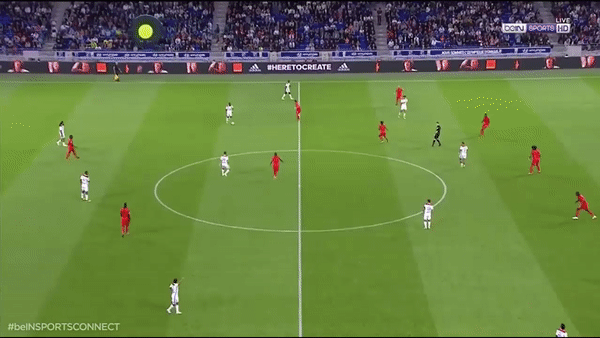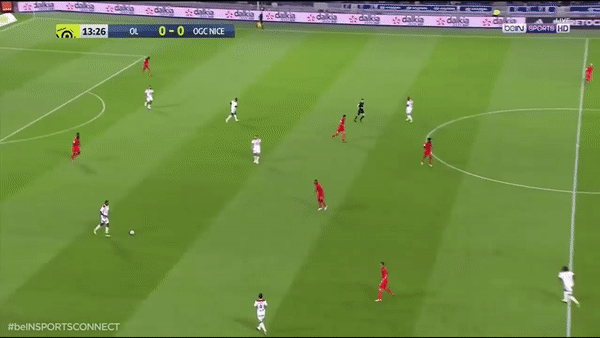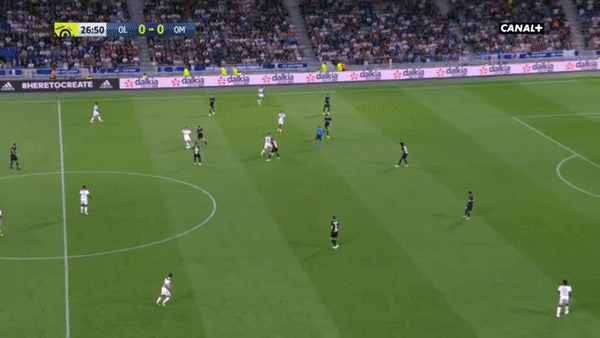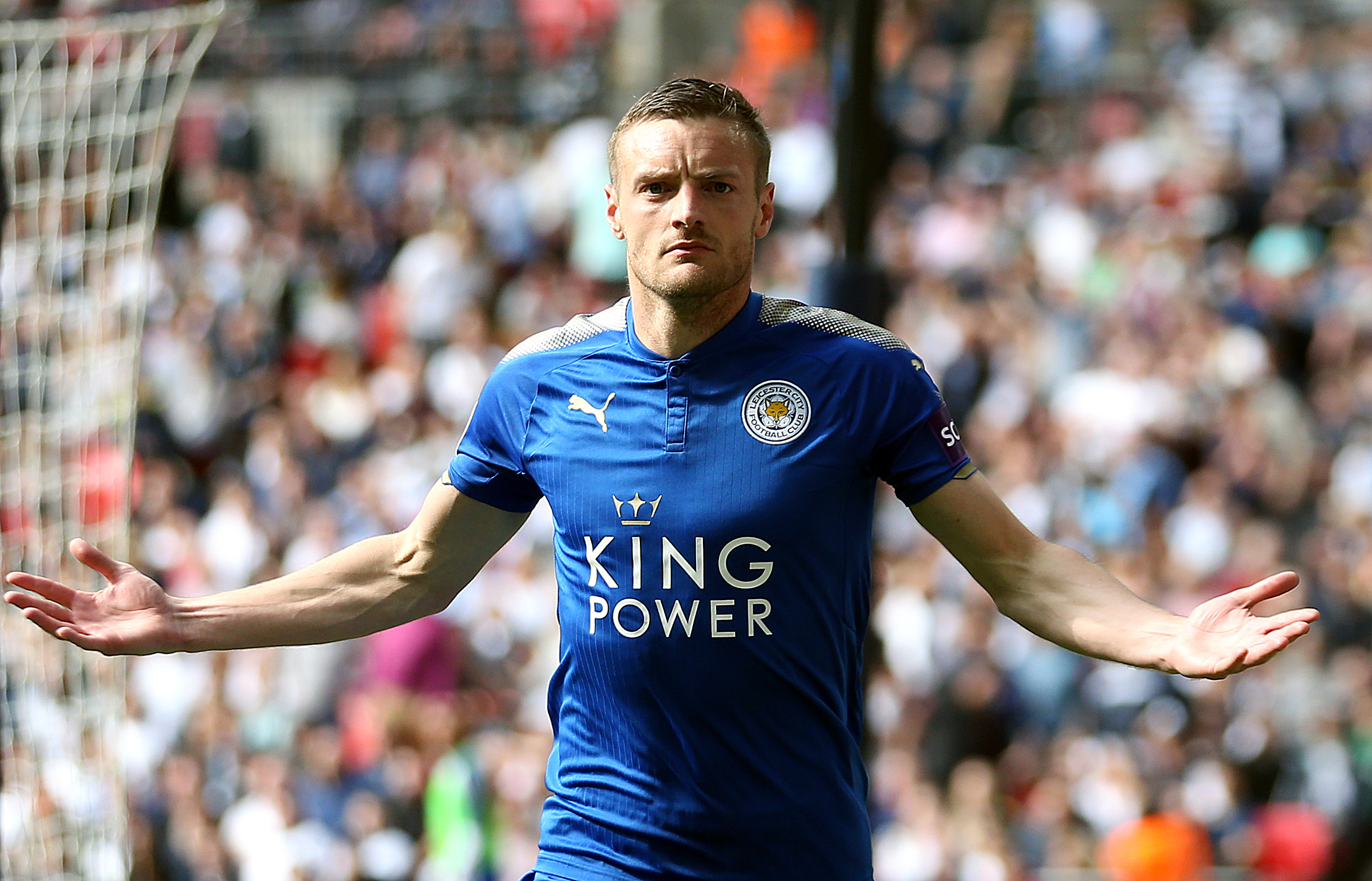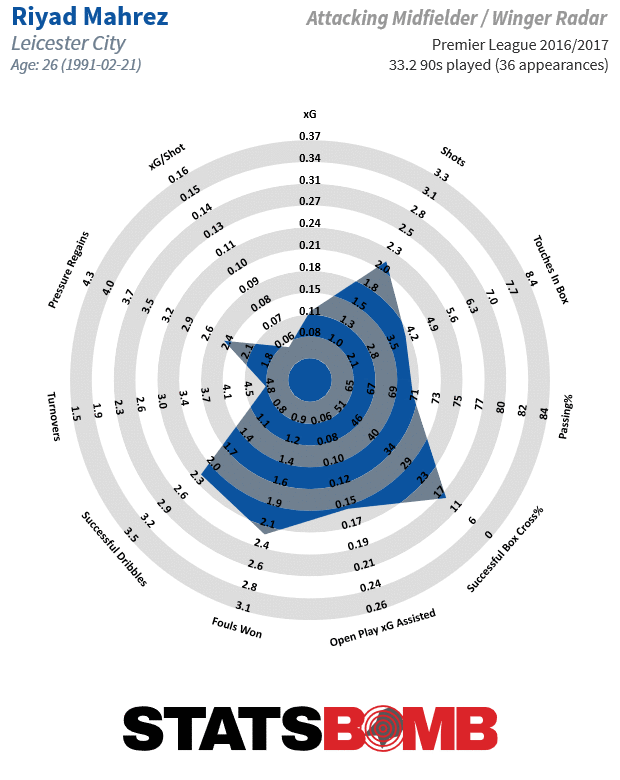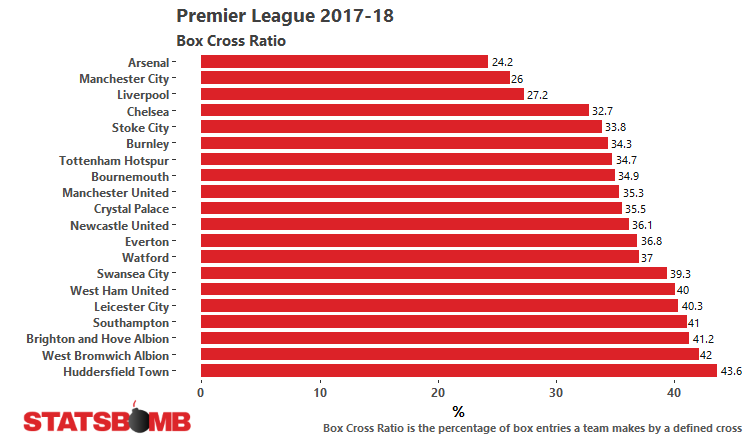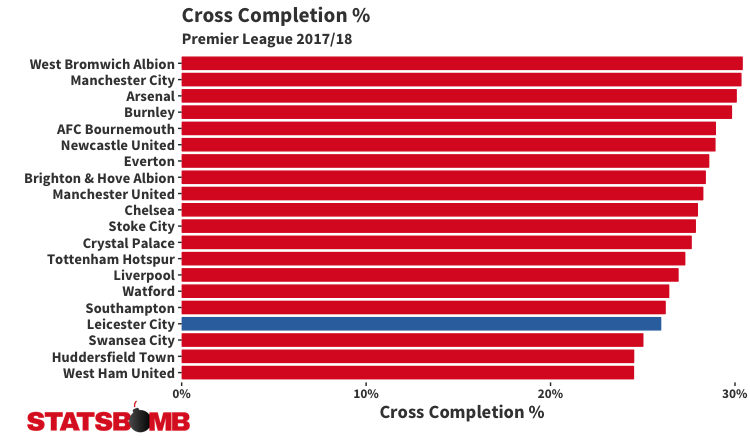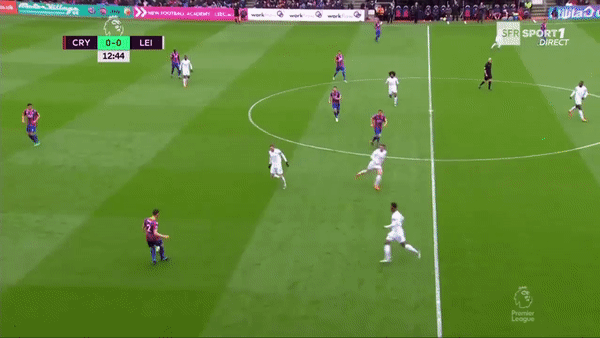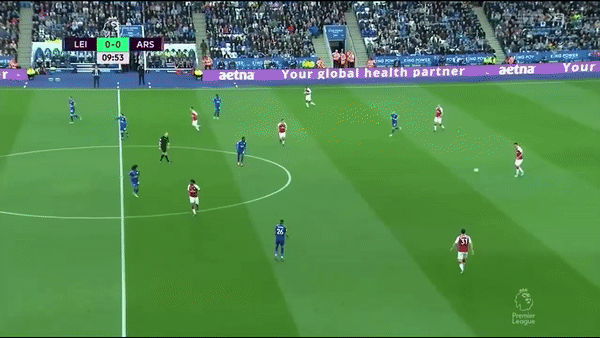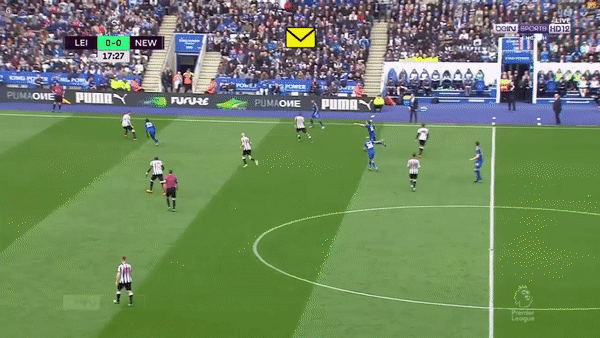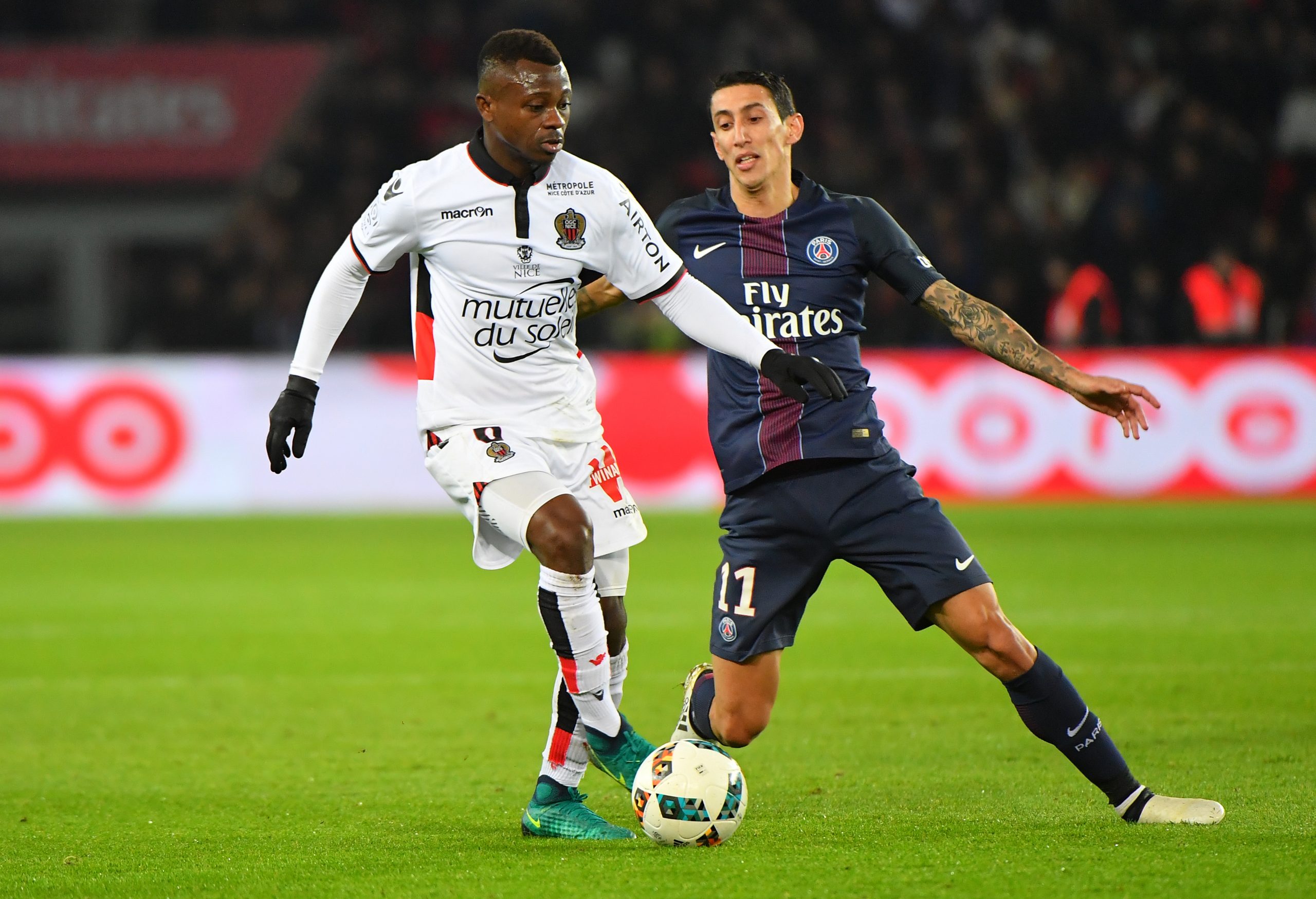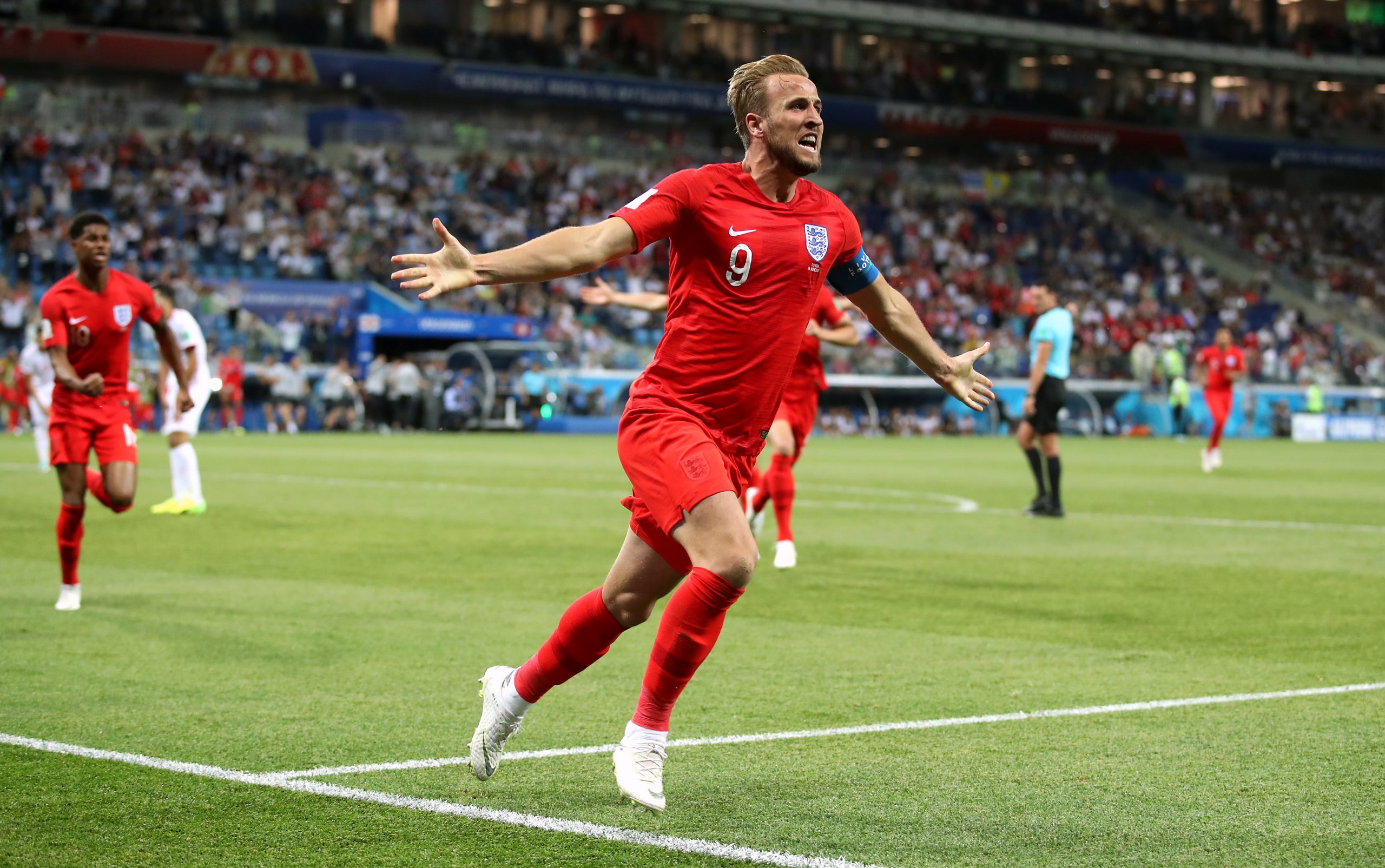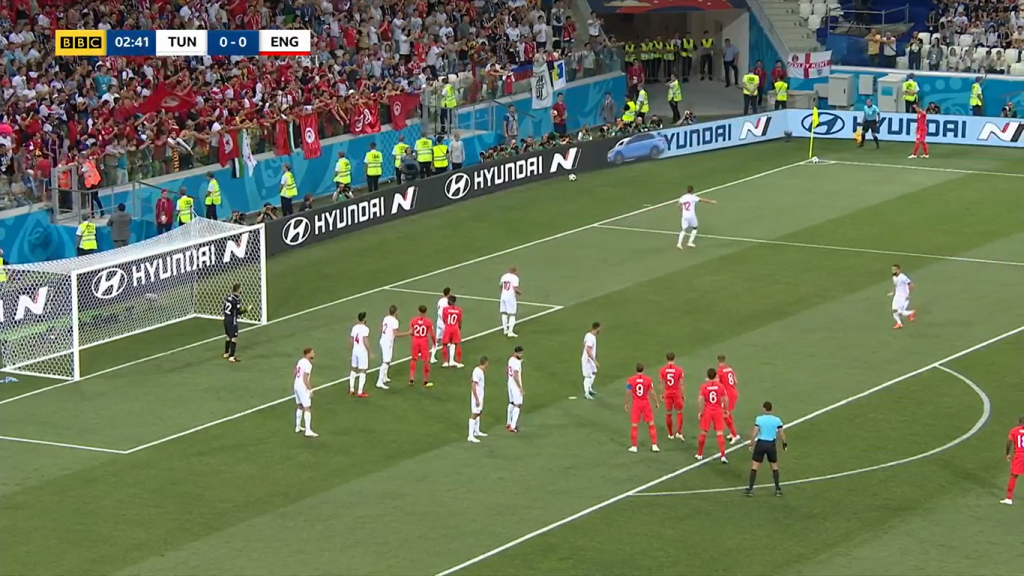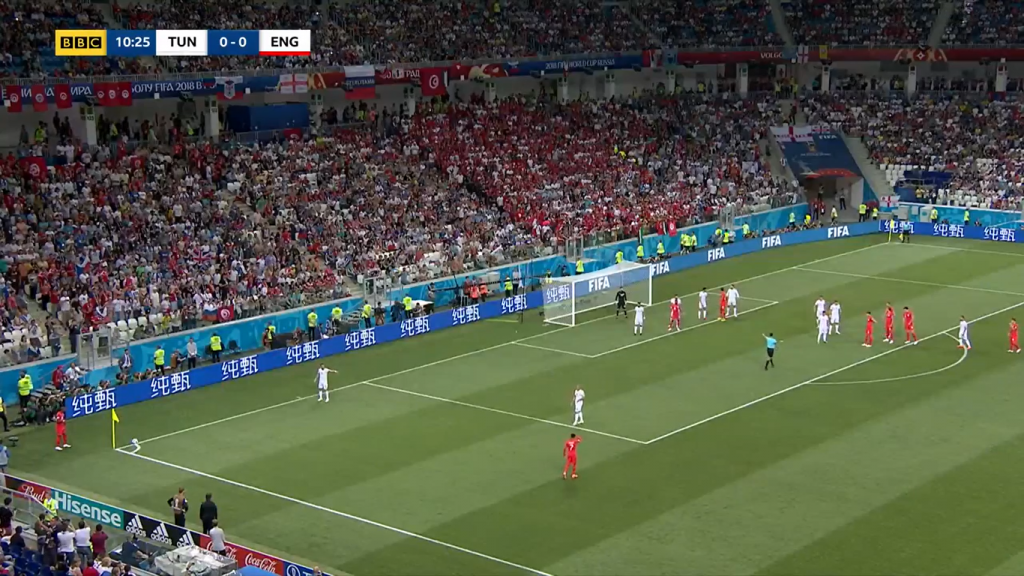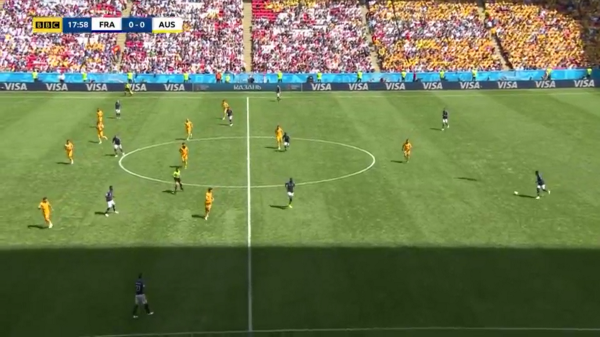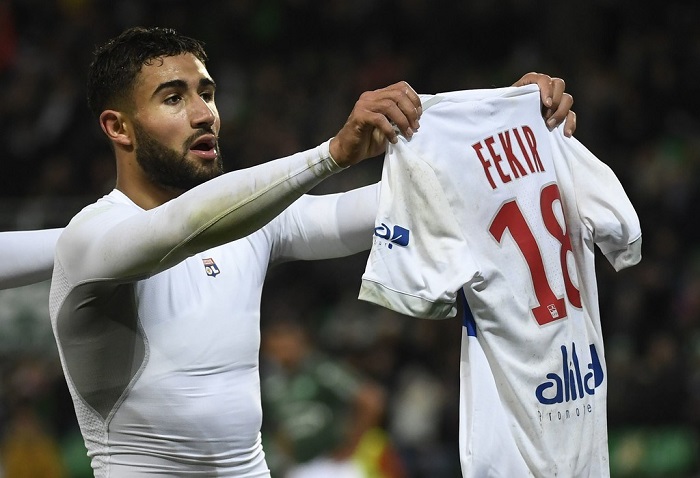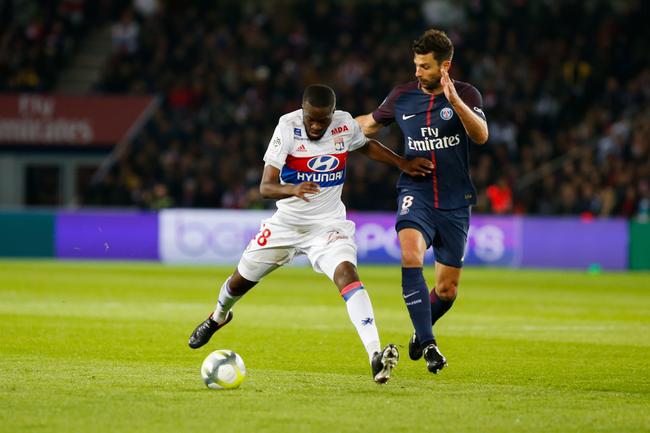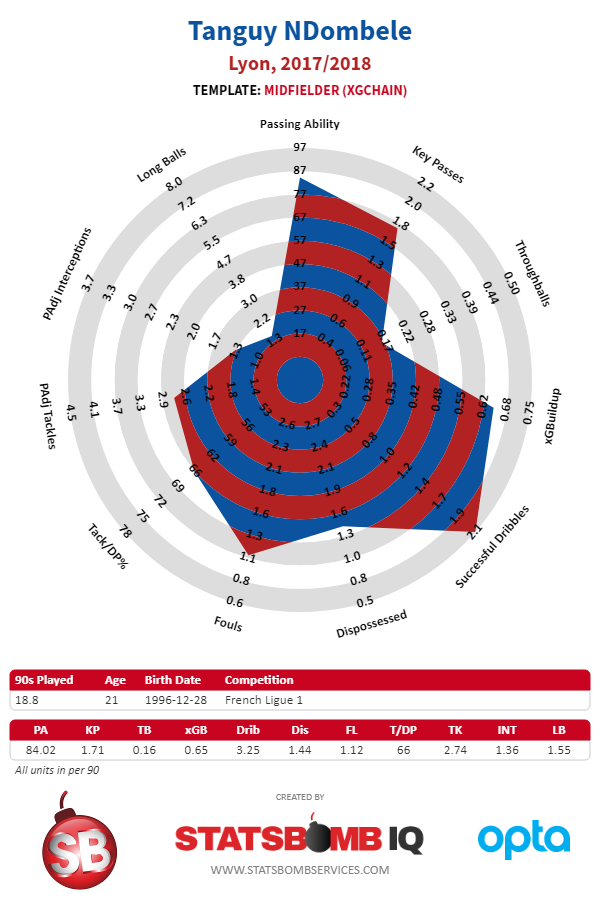There are multiple ways that one could analyze the failings of Manchester United over the past six to seven years. Whether it's the rotating cast of managers or the lack of direction in player recruitment, Manchester United have operated at a level that’s nowhere close to optimal efficiency given the incredible resources at their disposal.
One area that shows a lack of forethought in their planning is the number of individuals who have played minutes as a right-back during this down period for the club. That list includes Rafael, Antonio Valencia, Matteo Darmian, and Ashley Young. The lack of a very good-great RB whose could hold his own at the highest level has been one of several reasons why Manchester United have been stuck in the wilderness for the greater part of the past decade.
There’s little doubt that Aaron Wan-Bissaka had a great individual season and ranked as one of the best fullbacks in the Premier League. It’s very likely that he was the best defender from the fullback position, and was a major reason why Crystal Palace once again held their head comfortably above the relegation waters. Many of the plaudits he’s been given for his performances last season are deserved, and it’s mightily impressive that he did that at his age.
So it’s been no surprise to see him being heavily linked with Manchester United given their long standing hole at RB. On the face of it, it’s not hard to put two and two together to make four: Wan-Bissaka is good, United have needed a long-term right back for ages, and he’s English. Sure, the reported transfer fee that could land as high as £50 million is a large figure, but United would rationalize it by this move being one that represents both present and future value.
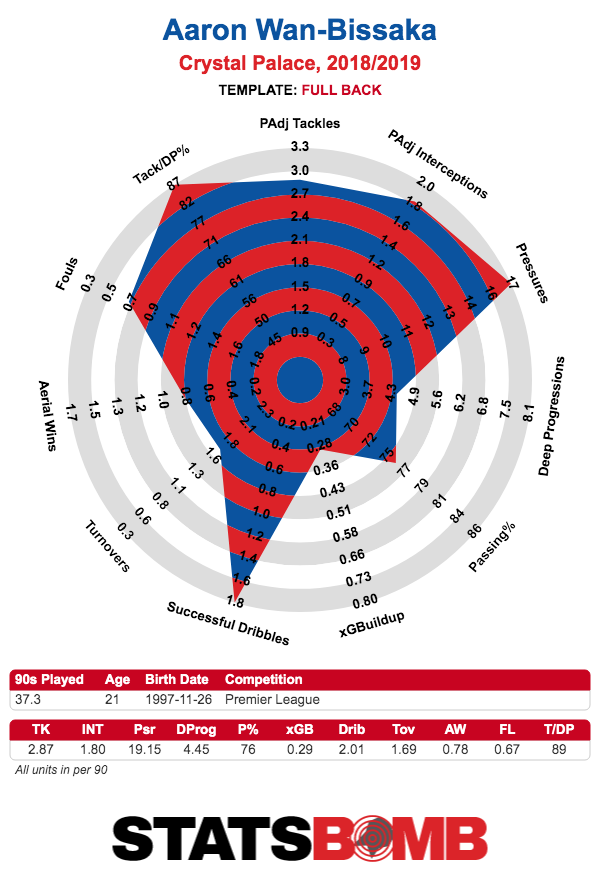
Well it’s not quite as straightforward as that. While Wan-Bissaka is undoubtedly a talented defender with a bright future, it’s fair to wonder whether it’s smart of United to spend so much money for his services given the questions that surround him on the attacking end. Manchester United’s end goal as a club is to get back to being a very good, maybe evengreat team, and envisioning the next good United side would involve concocting a squad that will be able to dictate play in possession with regularity. Doing so would involve have minimal weak links during ball progression. This is especially true with fullbacks given that they have a major part to play in creating chances as auxiliary wingers.
That’s the issue that surrounds Wan-Bissaka. Very few are questioning whether his defensive capabilities will translate at a bigger club, because he’s shown enough this season to suggest that’s a rather safe bet.
Rather, will he be able to exist as a functional cog in the wheel offensively?
Furthermore, just how good is Wan-Bissaka currently offensively?
Is there enough upside that he could grow into a net positive as a play-driver?
These are some of the questions to ask when evaluating Wan-Bissaka as a talent, and whether it’s a smart idea for United to allocate major resources (not just the transfer fee but wages as well) towards him. Certainly, that mystery on Wan-Bissaka's offensive ceiling is in part due to playing on a decent but unspectacular attacking side in Crystal Palace last season. They ranked 12th in expected goals from open play and 8th in shots. If he had played on a more expansive attack, perhaps we would've had more of an idea on his upside as a play-driver.
If one was to concoct an argument in favor of Wan-Bissaka's offensive ceiling, a major component would be his dribbling abilities and the luxuries it affords him that not a lot of fullbacks possess. As part of the responsibilities that modern day fullbacks have, being able to beat their marker off the dribble in the middle and final third has become much more of a necessity. Wan-Bissaka certainly has that in his skill-set, his 2.01 dribbles per 90 is nearly three times the league average rate for fullbacks in the Premier League, and his dribbling map below shows a very healthy amount of dribbles into more advanced areas along with the actions that followed.
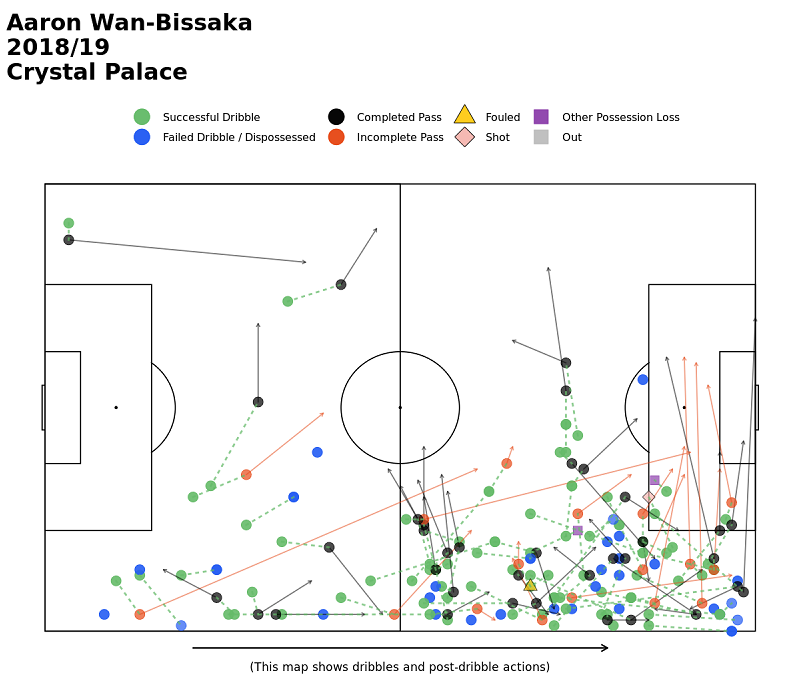
The ease with which Wan-Bissaka can get himself out of tight situations on the flanks is quite remarkable. He could use his dribbling as an escape valve to merely continue recycling possession to a nearby teammate, or cover ground once he gains separation from his marker and progress play. As the ball is slowly moving towards his vicinity, he's great at being able to quickly shift the ball from one foot and making his marker miss. He's also able to use misdirection through body feints and quick changes of direction when he's luring his opponent into a false sense of security before hitting the afterburners. He's also quite good at general ball carrying duties.
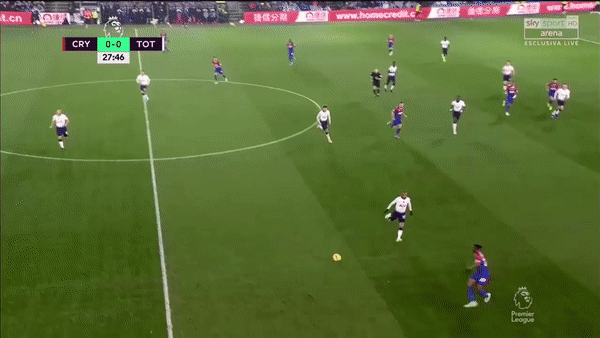
When Wan-Bissaka is able to leverage his dribbling into more impact plays post-dribble he's at his best and displays the kind of offensive upside you would want from a high priced fullback. Though, admittedly, he's still at the beginning stages of combining high level dribbling with passing so he shows brief flashes rather than anything sustained. In terms of his passing in isolation, it would be a stretch to call him a dynamic passer or perhaps even a good one.
Rather, he's shown more to have a baseline of functionality in the passes he can make. The most complex pass he has in his repertoire are little reverse/lead passes into the right wing area near the box so teammates can then launch balls into the box, which is nice but not necessarily the most value-added type of pass to have in your arsenal given that the end result are crosses.
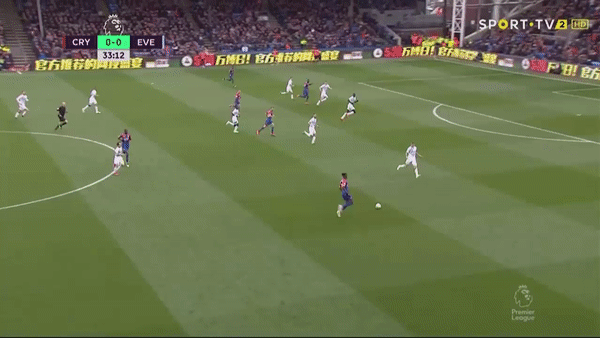
While I believe that there's a functional level to his passing, there are moments where Wan-Bissaka shows discomfort on-ball when trying to make decisions, especially when attempting to make dangerous passes as he doesn't quite have the touch to connect on them. There are also times when he opts for conservatism over something grander. He can look indecisive and give opponents an opportunity to seize on him telegraphing his passes and create turnovers in play. His abilities as a crosser and chance creator to this point are nothing much to write home about, though how much of it is due to system constraints and surrounding talent is up for debate. Wan-Bissaka's passing to this point is somewhere between average to below-average.
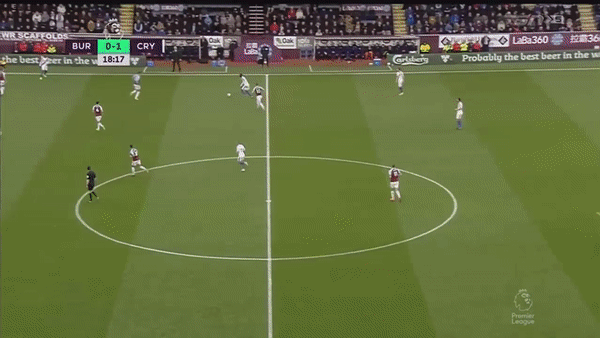
There's one play in particular that I go back to when evaluating Wan-Bissaka's ability to drive play and some of the surrounding skepticism. As Wan-Bissaka is carrying the ball towards the final third, Cheikhou Kouyate is making a looping run to his right and there's the slight opening to make a pass into the right wide area of the box. Instead, Wan-Bissaka shifts the ball to the wings, which eventually leads to a corner and represents a missed opportunity at something greater. Now, the slip pass into the right side of the box is not an easy play to pull off and there's no guarantee that a successful pass would lead to something grand, but paying £45-50 million for a fullback would come with the expectations that these opportunities to help create scoring chances would not be left on the table.
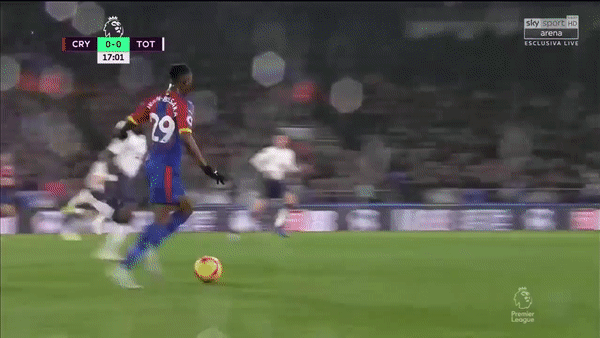
Manchester United potentially spending up to £50 million on Wan-Bissaka represents a bet on him eventually becoming one of the better fullbacks in the world two to three years from now. For that to occur, his offensive value will have to get to a high enough level through ironing out some of the kinks. Given how good he projects to be defensively over the next few years, it might be that he merely needs to be a slight net-positive offensively rather than an no-doubt stud in attack.
It's not impossible to imagine that being the case for Wan-Bissaka: his dribbling abilities are outstanding and that alone brings value. His passing isn't a lost cause, though it's not a strength yet. The hope is that his dribbling abilities continue to translate and create passing opportunities for him that it wouldn't exist for others, and with more reps in advanced areas as well as playing with talented teammates at United, he becomes a better offensive player.
That version of Wan-Bissaka would be more than worth the high price tag that United will reportedly paid for his services. The more pessimistic angle would be that Wan-Bissaka's passing never appreciably develops from its current state, and as a result, his game doesn't quite scale up to the highest level of competition and makes him less of an asset.
One question that could be asked regarding this move is whether United would've been better off going with another option. Perhaps that would've been trusting Diego Dalot with a starting position with Ashley Young and Matteo Darmian providing backup. Maybe United could've gone for a considerably cheaper option in the market instead of Wan-Bissaka and split duties between that player and Dalot.
Those are fair critiques when accounting for the holes that exist in United's midfield, especially if Paul Pogba departs this summer. Getting Aaron Wan-Bissaka at his reported price is a gamble on some level and doesn't necessarily represent the cleanest approach to squad building, but one that could still pay major dividends if he grows into an all around force once he approaches his prime.
